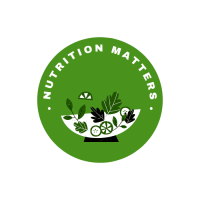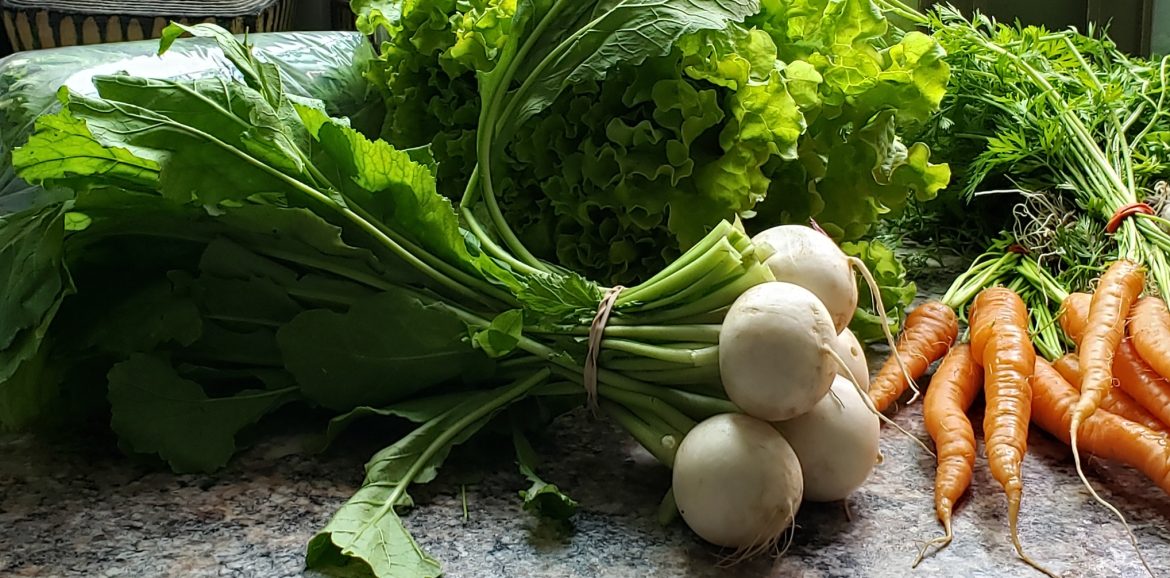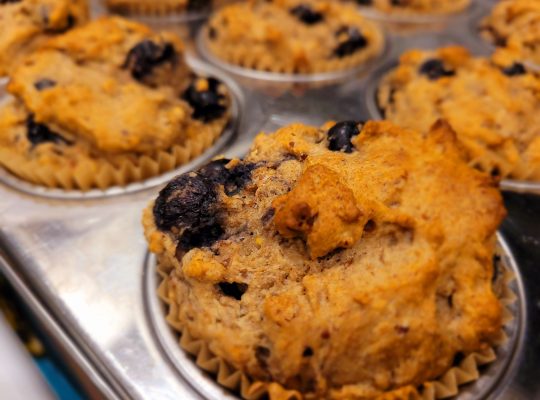What do apples, flax seeds, brown rice and French lentils have in common? If you guessed fibre (or fiber, if you prefer American English), well done!
Fibre is one of our best allies when it comes to health, mental health included, and overall chronic disease risk. Part of the answer lies with our gut bacteria (known as the gut microbiome), which make health-promoting molecules when we provide them with fibre.
The other important part of the fibre story is the source of it: plants! Which means that if you follow Michael Pollan’s savvy advice from many years ago, ‘Eat food, not too much, mostly plants,’ you’re already on your way to better health.
What is fibre?
Simply put, fibre comprises all non-digestible complex carbohydrates. These are large molecules made from many building units such simple sugars (glucose for example, but not only). Our bodies can digest small carbohydrate molecules (up to nine building blocks) but anything bigger serves other purposes such as becoming food for our gut bacteria.
There are two kinds of fibre you come across, and most plant foods have both in various amounts: soluble (mainly in fruits and vegetables) and insoluble (mainly in cereals and whole grain products). We need both because they each help us in different ways.
There is also resistant starch, which is amazing in its own way, so I will dedicate a post to it soon.
How much do you need?
Canadian women are recommended to consume 25 grams of fibre daily. Men are supposed to get 38 grams. It doesn’t seem like a lot, but according to stats, most of us are only getting about half of that, which is not great because of the many health benefits we miss out on. There are many reasons why this happens but perhaps the most evident is the reduced consumption of whole foods, and the other, closely related, is that we’re often more tempted to reach for processed foods.
To make the most of fibre-rich foods, and avoid excessive bloating and gas, more so when you are not used to having a lot, start with small amounts, chew your food, eat slowly, and notice which foods make it better or worse for you. Also, this cannot be overstated: drink enough water!
This vs. that
When we consume whole foods, raw or cooked, we get the whole package, fibre included. Whether it’s fruit, or some lentil stew, or a salad, we need to chew and that is what food is all about. Whole foods are filling because they contain all their compounds, plus water. It’s hard to binge on fresh veggies, quinoa salad, or steamed broccoli.
On the other hand, processed foods have a lot of the fibre removed and their taste and texture enhanced. Plus, some are concentrated because a lot of the water has been removed as well (think whole potatoes or other starchy vegetables vs. their respective chips). As far as bingeing goes… Our willpower is a feeble opponent to the teams of food engineers, psychologists and marketing teams that sell the processed stuff which comes with flavour, crunch (or smoothness in other cases) and that perfect mix of salt and sugar that tickles our brains in just the right way.
Benefits of consuming fibre
- Improved gut health and intestinal transit.
- Better metabolic health. This means improved blood sugar control and insulin sensitivity, lower low-grade inflammation and blood lipid levels, and reduced risk of type 2 diabetes. Especially when you eat high-fibre foods such as whole grains and cereals (not the processed kind!).
- A more diverse and robust gut microbiome, plus a resilient immune system
- Reduced risk of depression and improved overall mental health.
- Lower risk of colorectal cancer.
- Decreased risk of cardiovascular disease.
How to eat more fibre without side effects
Eating too much too soon can cause gas, bloating and digestive discomfort, and that can be discouraging for many. But you can avoid that by starting small and increasing the amounts as you feel comfortable.
Here are some tips to get you started:
- Swap sweets for fruit and bake fibre-rich desserts like black bean brownies, zucchini muffins or oatmeal cookies (recipes coming soon!).
- Add a few more cut veggies to your lunch and dinner.
- Consider a savoury breakfast instead of sweet, say an egg or tofu scramble with lots of veggies and whole grain sourdough.
- Make sure to soak lentils and beans before cooking. Consider using a pressure cooker, which makes legumes more digestible.
- Swap eggs for ground flax seeds in baking (one egg = one tablespoon of flax seeds plus three of water).
- Sprinkle some hemp seeds on your salads.
- Eat fermented vegetables often – they provide fibre, beneficial bacteria and beneficial fermentation by-products.
Resources
Wondering about the amount of fibre in various foods? Here you have some good reference information:
- mott-fiber-chart.pdf (umich.edu)
- Fibre Content of Foods (nshealth.ca)
- And a great book to inspire you further: Fiber Fueled by Will Bulsiewicz, MD, MSCI, Penguin Publishing Group, May 2020
©2022 NutritionMatters
References







